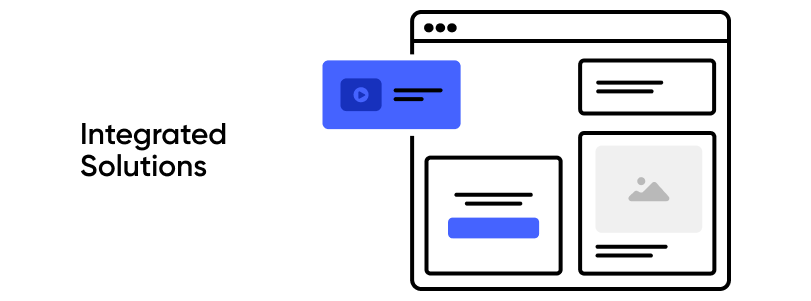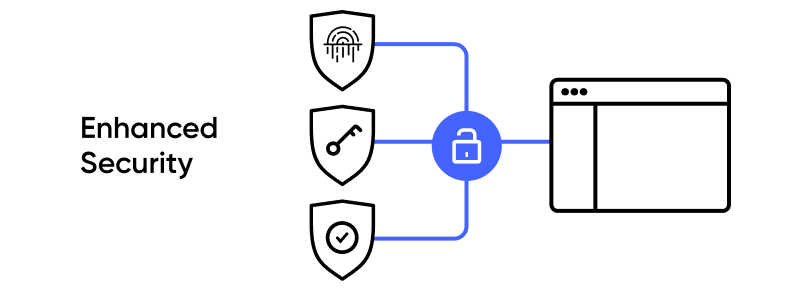
News
What Makes a Modern Platform?

Introduction
As a follow-up to our last article on how platforms are driving business success, we'd now like to dive a bit deeper into what exactly constitutes a modern platform. This blog delves into the contrasting realms of modern platforms and outdated systems, shedding light on the key differentiators that can significantly impact a business's operations and success.

Modern platforms stand out with their streamlined and efficient workflows. They prioritize simplicity and intuitive design, eliminating unnecessary features and reducing bloatware that often plagues outdated systems. For example, a photographer portfolio platform enables photographers to create stunning online portfolios effortlessly by offering clean templates, drag-and-drop functionality, and seamless image uploading. By removing bloated features and providing a streamlined workflow, the platform empowers photographers to showcase their work effectively and attract potential clients.

Outdated systems often rely on a patchwork of additional management and third-party applications, resulting in a fragmented experience for users. In stark contrast, modern platforms offer comprehensive and integrated solutions. As you can imagine, it helps to have everything in one place.
For instance, an enterprise project management platform that combines project planning, resource management, team collaboration, and reporting tools within a unified interface. Providing a centralized platform allows large-scale companies to align their teams, track progress, allocate resources efficiently, and make informed decisions. The integration of these functionalities eliminates the need for separate applications and enhances collaboration, resulting in improved project outcomes and overall organizational success.

One of the glaring drawbacks of outdated systems is their steep learning curve. Navigating through convoluted interfaces and complex workflows can impede user adoption, hamper productivity or cause frustration. On the other hand, modern platforms prioritize user-friendliness, investing in intuitive designs and user-centric experiences. They embrace the idea that more isn't always better.
For example, a copywriting collaboration platform offers a simple and intuitive interface where copywriters and clients can easily create, edit, and share content. However, they might not need a myriad of other features such as the ability to create detailed marketing campaigns. By reducing the learning curve and enhancing collaboration, the platform improves productivity and streamlines the copywriting process.

In an era plagued by cyber threats, security has become a paramount concern for businesses. Outdated systems, often lacking the necessary security measures, pose significant risks. On the contrary, modern platforms incorporate state-of-the-art security protocols, encryption techniques, and regular updates to safeguard data and protect against cyber threats. For instance, an alternative investment platform employs robust security measures such as encryption, multi-factor authentication, and regular security audits to ensure the integrity and confidentiality of sensitive financial information. By prioritizing security, the platform safeguards investor funds and data, fostering a secure environment for alternative investments.
Conclusion
In the quest for a competitive edge, businesses must carefully evaluate their platforms of choice. Outdated systems burdened with bloated software, fragmented workflows, high learning curves, and inadequate security measures can hinder growth and put businesses at risk. Embracing modern platforms, which prioritize streamlined efficiency, integrated solutions, user-friendliness, and robust security, can empower businesses to thrive in today's dynamic digital landscape. By choosing the right platform, businesses can unlock new possibilities, enhance productivity, and fortify their operations for a prosperous future.

